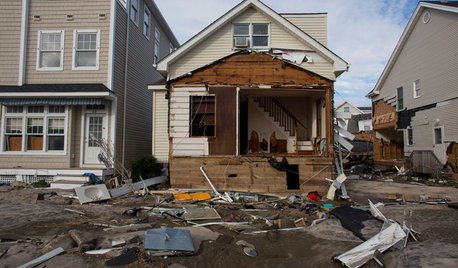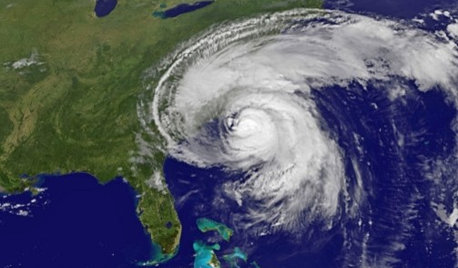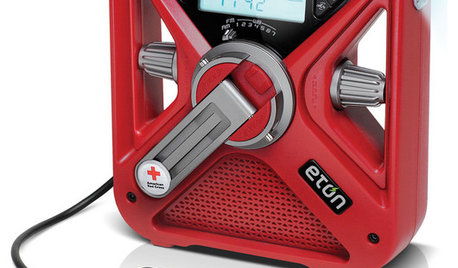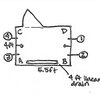basement shower backing up - flooding basement
starfish11040
13 years ago
Related Stories

DISASTER PREP & RECOVERYHow to Combat Mold in a Flooded House
Before you rebuild or restore your water-damaged home, take these steps to keep mold at bay
Full Story
MORE ROOMSGoodnight, Irene: It's Time to Reclaim Your Basement
How to clean up after the storm, avoid future flood damage and make your basement even better
Full Story
DISASTER PREP & RECOVERYFamily’s New Style Rises in the Aftermath of a Flood
After their damaged walls are demolished, homeowners realize they like the open space and decide to keep it
Full Story
SMALL HOMESHouzz Tour: Garden Apartment Gains Space and Light
From a damp, dark basement to a beautiful, warm home with lots of light-flooded space, this London flat has been on quite a journey
Full Story
MOST POPULARWhat to Do After a Hurricane or Flood
How you treat your home after a natural disaster can make all the difference in its future livability — and your own personal safety
Full Story
REMODELING GUIDES25 Most Bookmarked Remodeling Guides of 2012
Seems like Houzzers couldn't get enough advice on renovating basements, kitchens, showers and even laundry rooms this year
Full Story
REMODELING GUIDESA Gloomy Basement Lightens Up
White paint, modern furnishings and exposed beams lend a bright and airy feel to a family's renovated basement
Full Story
LANDSCAPE DESIGNFlood-Tolerant Native Trees for Soggy Soil
Swampy sites, floodplains, even standing water ... if you've got a soggy landscape, these trees are for you
Full Story
HOME TECH7 Ways to Charge Up and Connect After Disaster
Products and tips for communicating and keeping essential items running till the power's back on
Full Story
BASEMENTSBasement of the Week: Personality and Amenities Create a Comfy Lounge
School colors: on the wall. Neon Pabst sign: behind the bar. Exercise equipment, shower, games and big-screen TV: right on tap
Full StoryMore Discussions










homebound
suburbanmd
Related Professionals
Fairfax Handyman · Beachwood Kitchen & Bathroom Remodelers · Feasterville Trevose Kitchen & Bathroom Remodelers · Forest Hill Kitchen & Bathroom Remodelers · Avondale Kitchen & Bathroom Remodelers · Beaverton Kitchen & Bathroom Remodelers · Bethel Park Kitchen & Bathroom Remodelers · Folsom Kitchen & Bathroom Remodelers · Lomita Kitchen & Bathroom Remodelers · Richland Kitchen & Bathroom Remodelers · San Juan Capistrano Kitchen & Bathroom Remodelers · Sun Valley Kitchen & Bathroom Remodelers · Vienna Kitchen & Bathroom Remodelers · South Jordan Kitchen & Bathroom Remodelers · Ridgefield Park Kitchen & Bathroom Remodelershomebound
aidan_m
suburbanmd
brickeyee
aidan_m